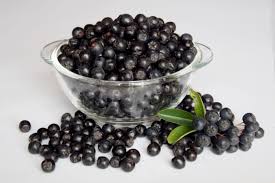A notable trend in developing fermented food products is using lactic acid fermentation to enhance fruit-based offerings’ nutritional value and sensory attributes. Recent studies have demonstrated how lactic acid bacteria (LAB), including Lactiplantibacillus plantarum, Lactobacillus acidophilus, and Lacticaseibacillus rhamnosus, can significantly alter black chokeberry (Aronia melanocarpa) juice.
This fermentation process improves the phenolic profile by increasing the concentration of bioactive compounds such as cinnamic acid, rutin, and cyanidin-3-O-rutinoside and boosts antioxidant activities. Notably, the radical scavenging capacities measured by DPPH and ABTS assays increase following fermentation, indicating a more significant antioxidant potential. Additionally, fermentation effectively reduces undesirable off-flavors while introducing more appealing ethereal notes, enhancing consumer appeal.
Similar fermentation strategies have shown promise in improving the bioaccessibility of fucoxanthin from microalgae, increasing antioxidant capacity in fermented Rosa rugosa, and enhancing the release of phenolic compounds and short-chain fatty acids during the colonic fermentation of seaweeds. These studies show the promising potential impact of fermentation to reveal health-boosting compounds hidden within a variety of food matrices and to improve the utilization of the known ones by the gut. By harnessing this age-old process, we unlock enhanced nutrition and wellness potential, proving that fermentation is still a game-changer in food production and future research.
The implications of this trend are significant. Future research in fermentation science could further explore optimizing strains and fermentation conditions to maximize health benefits. These approaches could also be extended beyond chokeberry juice to other polyphenol-rich fruits, investigating how LAB can be used to personalize bioactive compound profiles aimed at specific health outcomes. This could pave the way for personalized functional beverages that support overall wellness, address particular health conditions, such as metabolic disorders or gut health, and lead to personalized diets for people with specific needs.

